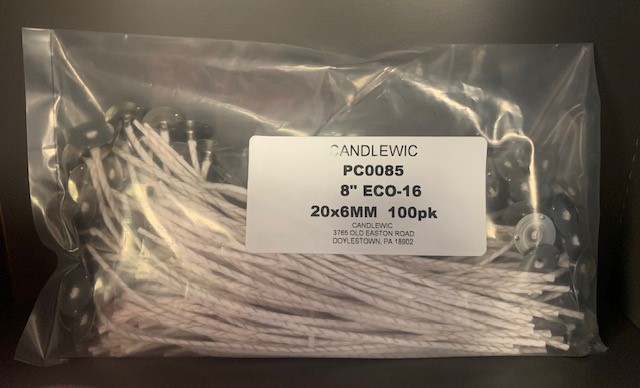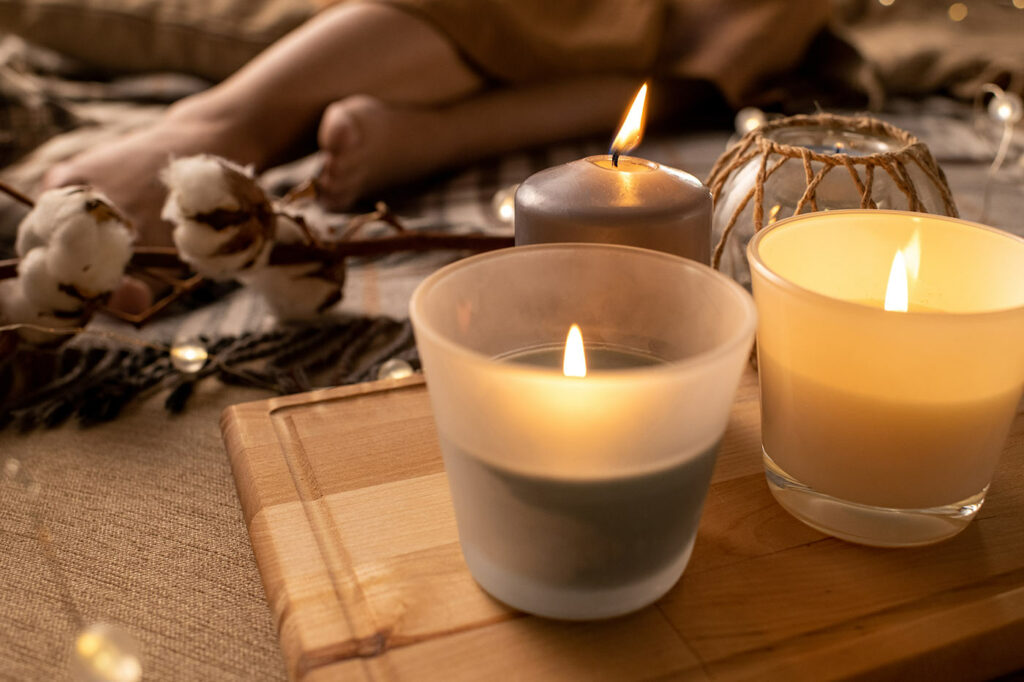Wicks for Candles: How to Choose the Right One for a Clean, Even Burn
When most people think about making candles, they focus on the wax, fragrance, or container. But there’s one element that has a huge impact on how your candle performs: the wick.
Wicks might seem simple, but choosing the wrong one can lead to uneven burns, tunneling, excessive soot, or even safety issues. Whether you’re a beginner or experienced maker, understanding wicks—and how they interact with your wax and container—is essential.
In this guide, we’ll walk you through the basics of candle wicks, explore different types, and help you choose the right one for your next project.
Why the Wick Matters
The wick acts like a fuel pump, drawing melted wax (your candle’s fuel) up to the flame. The type and size of wick directly influence how large the flame is, how evenly the wax melts, and how much scent gets released into the air.
Too small of a wick? Your candle may tunnel and waste wax.
Too large? It can burn too hot, creating soot and shortening the life of your candle.
Getting the wick right means better performance, a cleaner burn, and a more enjoyable experience for your customers—or yourself.
Types of Candle Wicks
Here are some of the most common wick types used in candle making:
Flat-Braided Wicks
These are made from cotton and are often treated to improve burn performance. They are self-trimming, which means they curl slightly as they burn, reducing the need to constantly trim the wick. Great for container candles.
Square-Braided Wicks
These wicks are a bit thicker and are ideal for beeswax or pillar candles. They provide a stable flame and handle viscous waxes well.
Wooden Wicks
Wooden wicks create a soft crackling sound and a flat flame. They’re visually appealing and trendy in luxury candles. However, they need to be properly tested with your wax type, as they can be picky when it comes to performance.
Cored Wicks (Zinc or Paper)
These wicks have a core that helps them stand upright and burn consistently. They’re popular in votive and container candles but may produce more soot if not matched properly to the wax.
How to Choose the Right Wick for Your Candle
There’s no one-size-fits-all answer. The best wick depends on:
- The type of wax (paraffin, soy, beeswax, coconut, etc.)
- The diameter of your container or mold
- Whether your candle is scented or unscented
- Whether you’re adding colorants or other additives
As a general rule, the more additives (like fragrance or dye) you include, the larger the wick you’ll need to ensure a full melt pool.
The best way to find the perfect wick? Testing. Start with a wick guide from a trusted supplier (like Candlewic’s wick chart), and test different sizes and types until you find what works best.
Tips for Better Candle Wick Performance
- Always trim your wick to 1/4 inch before each burn to reduce soot.
- Monitor your flame: if it flickers wildly or produces smoke, the wick might be too large.
- Don’t forget about wick sustainers—the small metal base that helps hold the wick in place during pouring.
Final Thoughts
Wicks may be small, but they make a big impact. Choosing the right wick for your candle is just as important as the wax or fragrance. It affects safety, appearance, scent throw, and burn time.So next time you’re planning a candle project, don’t overlook the wick. It’s the heart of the candle—and when chosen right, it makes everything work better. Contact us today for more information.



